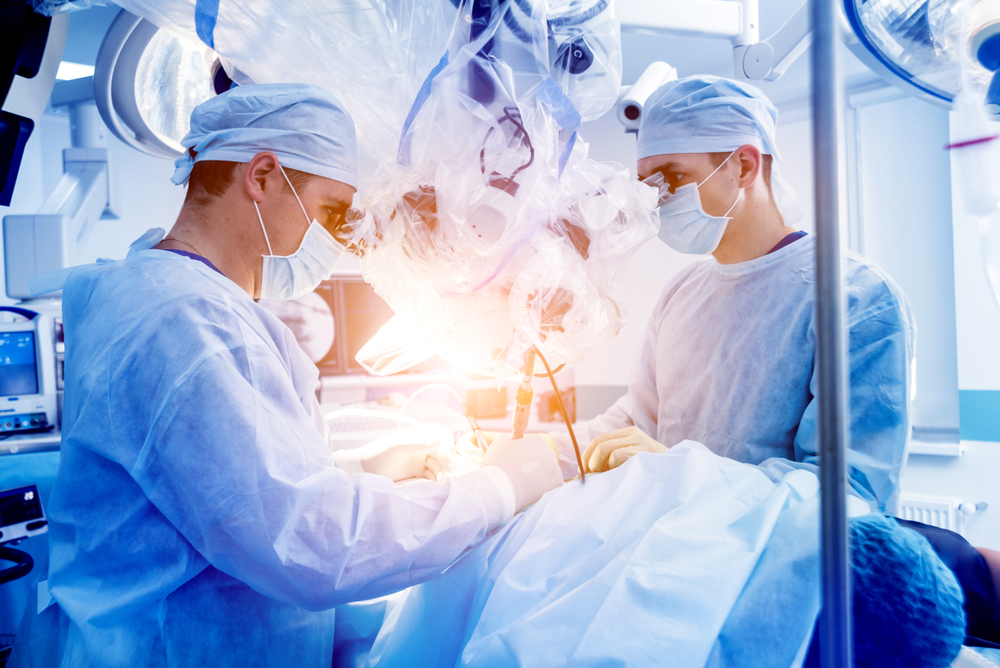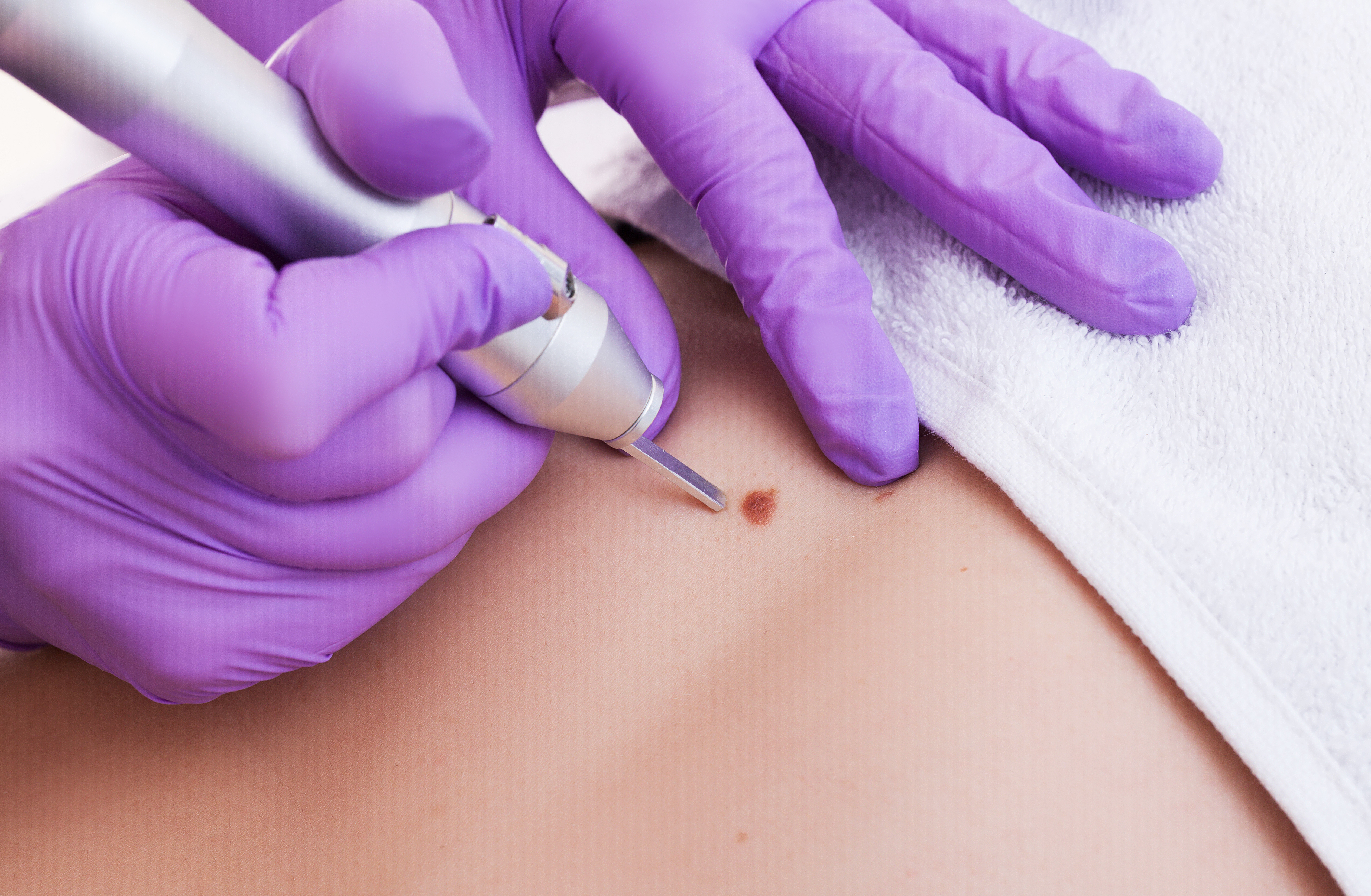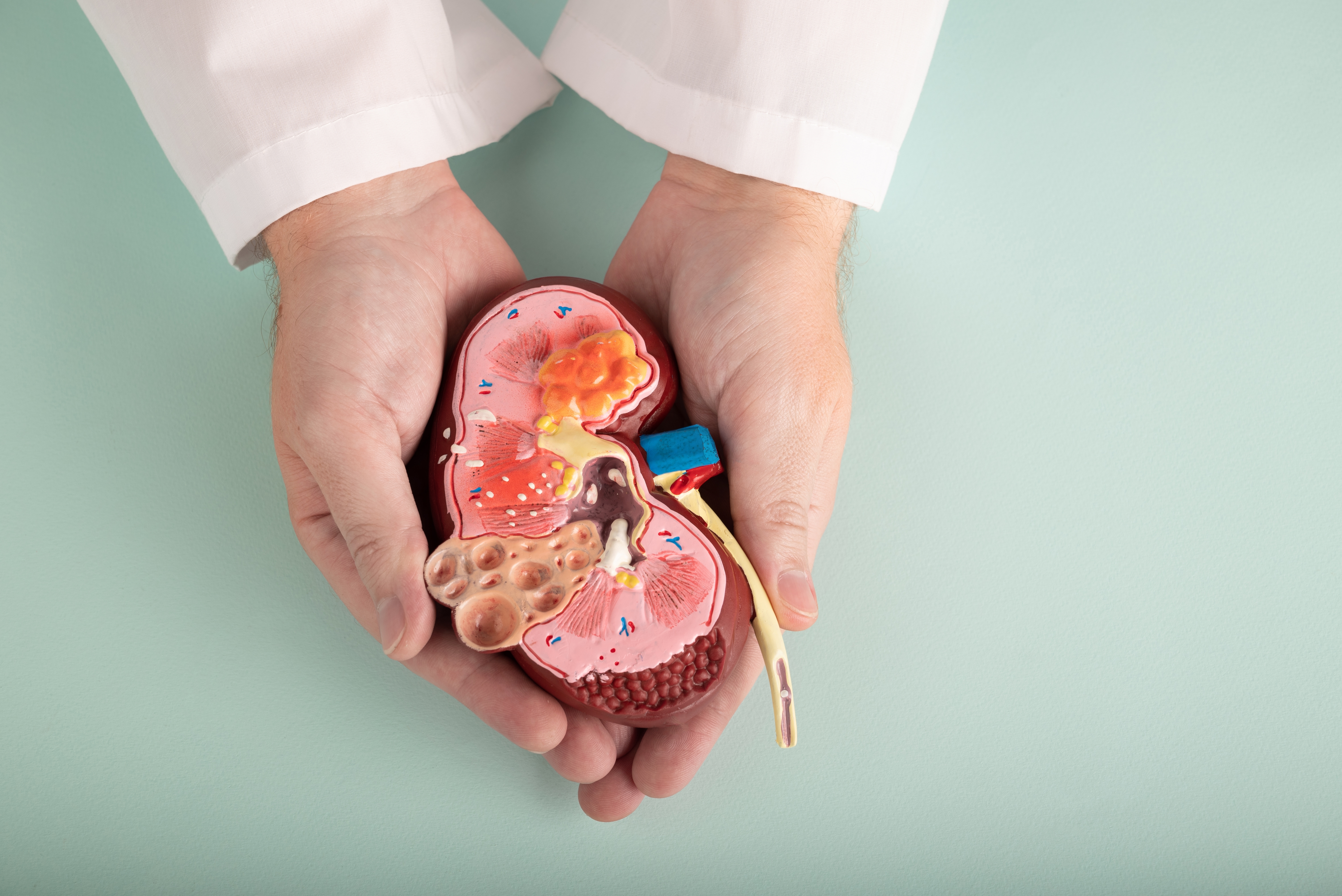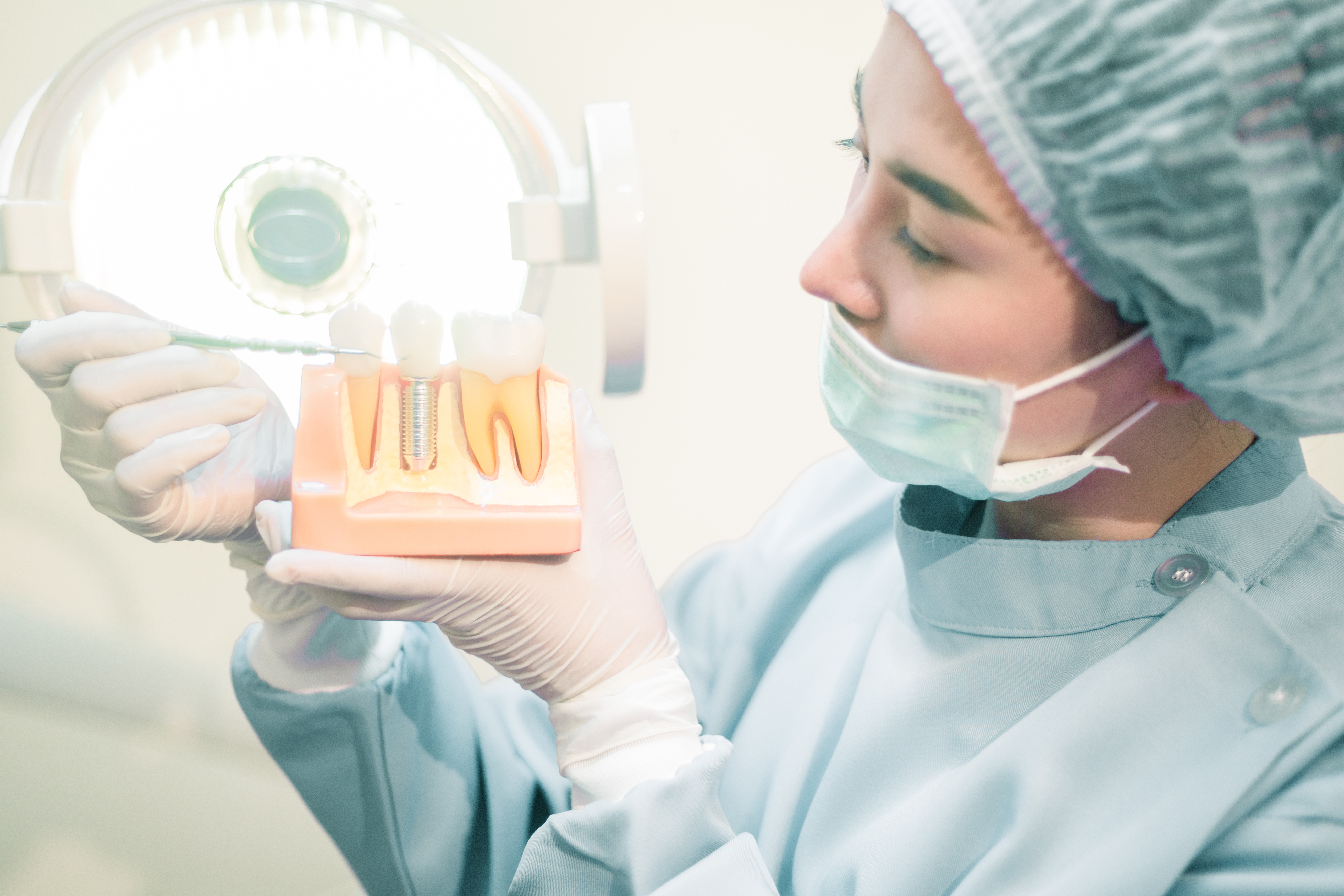
ERCP Procedure: Risks, Aftercare, and Cost
Endoscopic Retrograde Cholangiopancreatography (ERCP) is a vital diagnostic and therapeutic solution for those who have issues concerning the bile duct and pancreas. In this article, we will delve into what ERCP entails, how the procedure is performed, and what you can expect from the experience.
With a better understanding of ERCP, you can adequately prepare for the procedure and reap the maximum benefits of the medical treatment offered.
What is Endoscopic Retrograde Cholangiopancreatography (ERCP)?
Endoscopic Retrograde Cholangiopancreatography, or ERCP, is a method for diagnosing and treating issues with the liver, gallbladder, bile ducts, and pancreas. Doctors will use X-rays and endoscope, a long flexible illuminated tube that is used in conjunction.
After passing through your mouth and throat, your doctor directs the scope down your esophagus, stomach, and the duodenum (the first segment of your small intestine).
Your medical professional can examine these organs internally and look for any issues. Subsequently, the person will insert a dye into a tube and pass it along the scope. This accentuates the X-rayed organs.
Who Will Need ERCP?
If you have symptoms, like unexplained upper stomach discomfort or biliary colic, that point to a biliary system issue, also symptoms such as jaundice, or a blocked and leaking bile duct, your doctor may recommend an ERCP.
ERCP can be used to find out more information if you have pancreatitis or cancer of the liver, pancreas, or bile ducts.
Other than that, the ERCP method can assist in the diagnosis and treatment of common conditions that impact your biliary ducts, like:
- cholangitis, or inflammation, and potential infection.
- scar tissue-induced narrowing (biliary stricture).
- gallstones in the bile duct.
- pancreatitis due to gallstones.
- cancerous tumors in your bile ducts.
- injuries or leaks in the bile ducts.
What Happens Before ERCP?
Before ERCP, you will get specific instructions from your healthcare provider. They will explain the procedure and you can ask questions. Typically, they'll request that you:
- Tell your doctor if you are allergic to iodine, or if you have ever experienced a response to any contrast dye.
- Tell your doctor in case you have any allergies or sensitivities to any medications, latex, tape, or anesthesia, let your healthcare professional know.
- Have eight hours before the surgery to eat or drink anything. Other guidelines regarding a certain diet to follow for one to two days before the treatment can be provided to you.
- Tell your doctor if you are or may be pregnant.
- Tell your doctor beforehand about your existing medical problems and drugs. Before the test, they can ask you to stop taking certain drugs, like blood thinners.
- Tell your doctor about all the medications you use, including over-the-counter and prescription ones, as well as herbal supplements.
- Tell your doctor about any past bleeding disorders, current blood thinners (anticoagulants), aspirin, ibuprofen, naproxen, or additional medicines that interfere with blood clotting. Before the operation, you might be instructed to stop taking certain medications.
- Tell your doctor if you have heart valve problems, so they will prescribe antibiotics.
- You will be injected before the surgery, but you will remain conscious throughout. You can be totally unconscious and not feel anything, depending on the anesthetic that was applied. Someone will be needed to drive you home.
- All jewelry, clothing, and other items that might obstruct the process must be taken off. You must take off your clothing and change into a hospital gown.
Endoscopic Retrograde Cholangiopancreatography Procedure
ERCP is an outpatient procedure that may be performed at a hospital. You will have an intravenous (IV) line inserted into your hand or arm. On the X-ray table, you will be placed on your left side or, more frequently, on your stomach.
Doctor may be numbing medication in the back of your throat. As the endoscope is inserted down your throat, this lessens the chance of gagging. During the process, saliva will gather in your mouth, which you will not be able to swallow.
A mouth guard will be placed in your mouth to prevent you from biting down on the endoscope and to safeguard your teeth.
When the medication has relaxed you and numbed your throat, your doctor will put the endoscope through your mouth into the esophagus, stomach, and duodenum. A video image will be sent to a monitor by a small camera that is installed on the endoscope.
The doctor will locate where the bile ducts and pancreatic empty into the duodenum. They will put a catheter through the endoscope and into the bile ducts and pancreatic.
Through the catheter, the doctor will inject a particular dye into the ducts. The dye will increase the ducts' visibility in x-rays. The physician examines the ducts using a form of x-ray imaging known as fluoroscopy in order to find restricted passages or blockages. You might be requested to change positions in order to fit the X-rays.
How Long Does ERCP Process?
ERCP could take an hour or two to complete the process. It depends on the complexity of the case, the experience of the medical team, and any unexpected complications that may arise during the procedure.
Since ERCP is an outpatient procedure, you will return home the same day.
What Are the Risks of ERCP?
The potential risks vary depending on the type of medical treatment you have during ERCP and any prior illnesses you may have. The possible risks will be addressed in advance by your gastroenterologist. Complications that could arise include:
- allergic response to the color used in contrast.
- pancreatitis.
- inflammation of the bile ducts or gallbladder.
- heavy bleeding, also known as hemorrhage.
- rupture of the duodenum or bile ducts.
- an unusual reaction to the sedative, such as irregular heartbeat or breathing.
What Can You Expect After ERCP?
The endoscope will be removed once the X-rays and any additional procedures have been completed. After the procedure, you can experience some mild discomfort for one or two days, such as nausea, bloating, or a temporary sore throat.
After the procedure, you may plan to stay at the hospital or outpatient clinic for two to six hours so that the anesthesia can wear off. Some patients might have to spend the night in the hospital.
Following the procedure, information on self-care at home will be given to you and any accompanying friends or family members. You must adhere to all guidelines.
For four to six hours after ERCP, your doctor might advise you to eat only clear liquids. Certain individuals might have to wait a full day before consuming solid food.
ERCP results are not always immediately available. The results will be discussed with you by the doctor, when the sedation wears off.
How Much Does ERCP Cost in Indonesia?
The estimated average for Endoscopic Retrograde Cholangiopancreatography in Indonesia costs from IDR 18.000.000 to IDR 23.000.000.
At Bali International Hospital, The Sanur, we believe that wellness is unrivaled in healing your body, mind, and soul. Hence, as one of the centers of excellence, our hospital is committed to prioritizing your health by offering comprehensive assessments and treatments.
Our services include preventive care, early detection, diagnostics, and treatment of a wide range of digestive problems with unparalleled expertise and cutting-edge medical technology right in the heart of Bali.
Enjoy the most excellent experience in medicine. Find out the details of this medical process and schedule a consultation so that you may schedule high-quality care that suits your needs.
References:
and, D. (2024, April). Endoscopic Retrograde Cholangiopancreatography (ERCP). National Institute of Diabetes and Digestive and Kidney Diseases; NIDDK - National Institute of Diabetes and Digestive and Kidney Diseases. https://www.niddk.nih.gov/health-information/diagnostic-tests/endoscopic-retrograde-cholangiopancreatography
Clinic, C. (2023). ERCP: What It Is, Why It’s Done, Procedure & Complications. Cleveland Clinic. https://my.clevelandclinic.org/health/diagnostics/4951-ercp-endoscopic-retrograde-cholangiopancreatography
Endoscopic Retrograde Cholangiopancreatography (ERCP). (2021, August 8). Hopkinsmedicine.org. https://www.hopkinsmedicine.org/health/treatment-tests-and-therapies/endoscopic-retrograde-cholangiopancreatography-ercp
Related Articles

Mole surgery is a safe procedure with a relatively high success rate. What preparations are needed ...

Kidney stones (nephrolithiasis) are hard objects formed from chemicals in the kidneys. Once formed, the stone ...

Dental implants can be an excellent solution for replacing damaged or lost adult teeth. Before deciding ...

